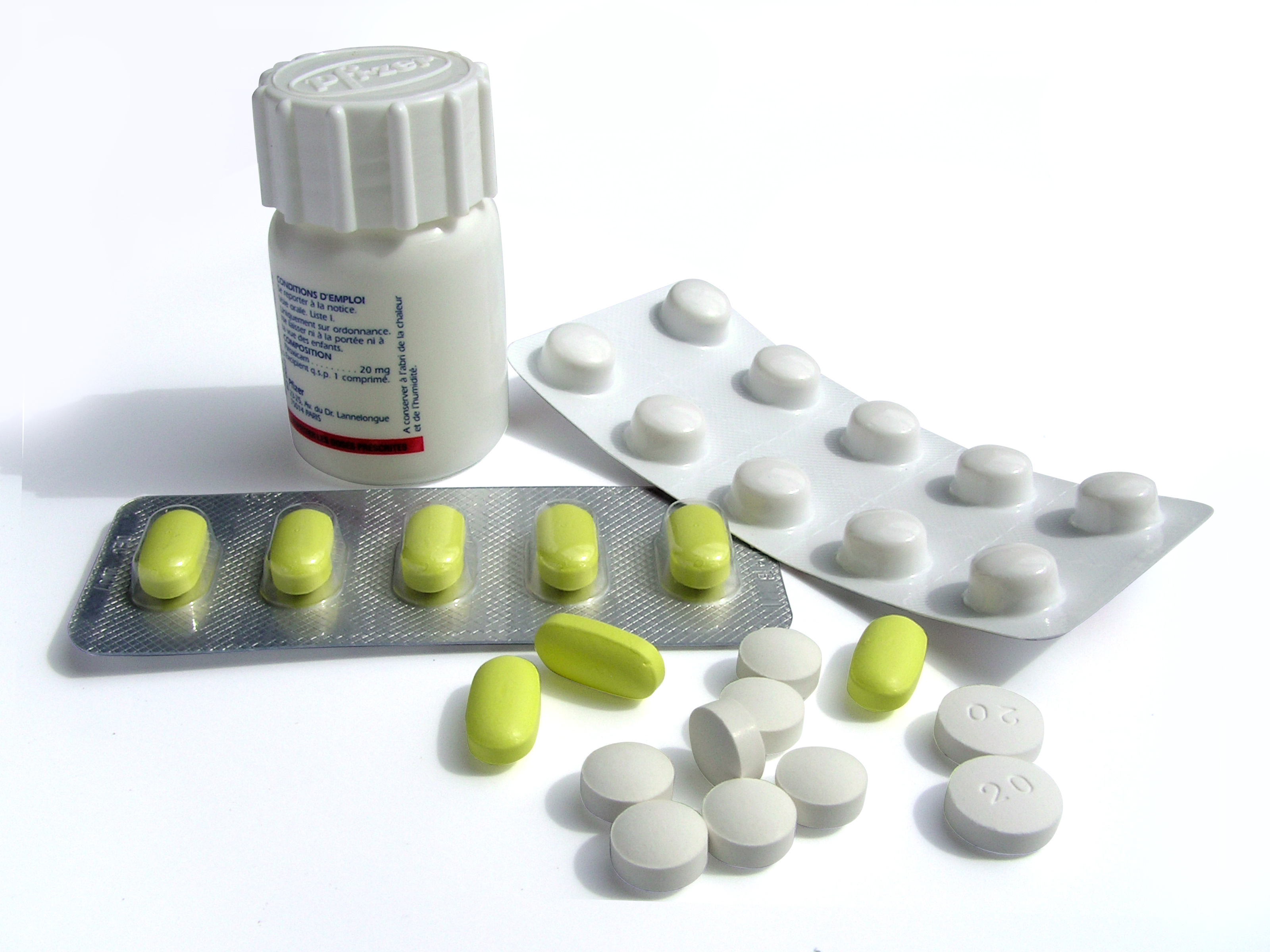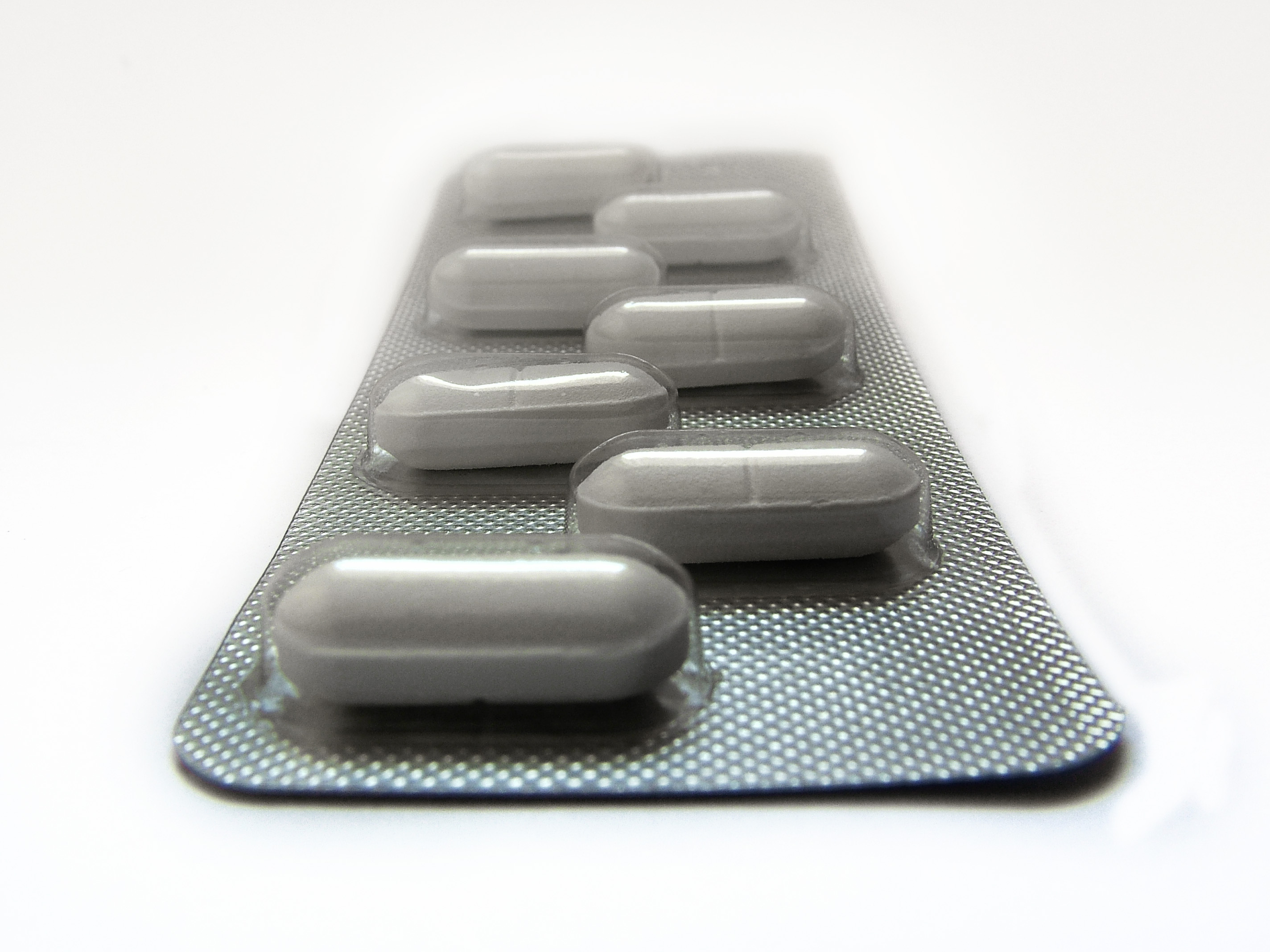Medicine and Preparedness: The 22 Medications You Need in Your Personal Stockpile
 Saturday, February 4, 2017 at 4:04PM | |
Saturday, February 4, 2017 at 4:04PM | |  Email Article
Email Article  Mdeicine for Survival
Mdeicine for Survival
Medicine and Preparedness: The 22 Medications You Need in Your Personal Stockpile NOW!
I have seen and read many posts over the years about adding or using medicines meant for pets during preparedness or survival situations. Now, I am not going to go all out and say that you shouldn’t do this or go this route, but there are several problems with this. I am also going to provide you with what I believe is a better solution.
The first problem that arises is the expiration data and shelf life of medicines. The biggest factor in this is that some medicines can as they degrade become toxic. Other medicines contain preservatives that may allow bacteria to grow once the preservative is no longer effective.
In addition, during survival situations – scavenging comes to mind and where we tend to find most medicines throughout most homes (the bathroom) is not the ideal place to store medicine. The heat and humidity is not ideal and makes the medicines degrade faster.
What is interesting is that the Department of Defense had the Federal Drug Administration test some drugs for what is known as the Shelf Life Extension Program (SLEP). It has been found that the shelf life of some drugs can be extended. Though not all drugs, and the drugs tested were kept in their original containers – unopened and in optimal temperature and humidity conditions. NOTE: When you obtain a prescription drug at the pharmacy and they place it into a medication bottle – that is not the original container.
Some other life-saving drugs have been found to degrade after the expiry date, such as EpiPen’s and Insulin. Nitroglycerin decreases in potency quickly once the bottle is opened. Most vaccines and biologicals such as blood products also degrade quickly after their expiration dates.
If any medicine has become powdery, crumbly, caked, has a strong smell, cloudy, or has dried up it should be discarded and not used.
During normal situations if you have medicine at home and you need to take it and the medicine is expired no evidence has been found that it would be unsafe to take. Though, it would be best to acquire a new prescription as soon as possible.
Research does show that medicines past their expiration date do and will degrade in potency over time. Under ideal conditions and in original containers within the military stockpile medications have been shown to retain as much as 90 percent of their potency. Though most household conditions do not meet these standards.
The second problem is that pet based medicines were not included in these studies. Now some of the medications may be the same thing, but as I said I have a better solution for you.
If you can, start your own stockpile of medicines. This may cost you some money out of pocket but you will have them when you need them. The good news is, most of the medications I will be recommending have been found to have no failures when tested and typically can have a long shelf life.
In addition to the medicines I recommend you should consider obtaining and even storing some of the medicine you may need on a regular basis. This may be easier said than done, since most drug insurance programs limit the amount you can obtain. So, you may have to get creative or even pay out of pocket to establish your supply.
 Uncle Sam and Your MedsThe government does even recommend you keep a small extra supply of medicine in case of a disaster. Try telling that to your insurance company though. Some things you can do to get creative in this area:
Uncle Sam and Your MedsThe government does even recommend you keep a small extra supply of medicine in case of a disaster. Try telling that to your insurance company though. Some things you can do to get creative in this area:
1. Tell them you lost your medication while on a weekend trip.
2. Tell them you need an extended supply for a trip.
3. Try telling them you need extra in case of an emergency.
4. Purchase the extra month- 3 months’ worth from the pharmacy.
Some insurance programs will give you up to three months’ worth of medicine if you purchase through a mail order program. Ask them.
Once you are successful in obtaining ‘extra’ medicine it is important that you store them properly and rotate them. So, as you get new prescriptions filled, store those and take the ones you were holding onto in case of an emergency.
Now, here is an extensive list of medications to obtain for your own Disaster Preparedness Supply. Please do your own research on usage, dosages and contraindications.
 Medication List for Survival
Medication List for Survival
NOTE: These and all medications listed are intended for your preparedness stockpile. If you become sick during normal times and you need medication go to your doctor and obtain a prescription. If you have the medicine and can swap out of your stockpile even better.
ANTIBIOTICS:
1. Cipro (Ciprofloxacin) 500 mg – 750 mg tabs – 750 mg is a high dosage, but if you can get it go with that one. Otherwise get the 500 mg. Reasons to have: It can treat a wide variety of ailments but can also treat Anthrax, Plague, Travelers Disease, Cholera, Tularemia, Typhoid, Pneumonia, Infectious Diarrhea, and Urinary Tract Infections (UTI’s). In the event of a major outbreak, epidemic, or even pandemic supplies may be short and allocated to certain individuals. I do not recommend for prophylactic use just to have in case of real sickness. Please review contraindications of use on your own.
2. Bactrim DS (trimethoprim/sulfa methazole) 160/800 mg tabs This is another Cover it all antibiotic agent. Good for UTI’s, pneumonia, bite wounds and MRSA skin infections.
3. Amoxicillin 500 mg tabs – This is good for Upper Respiratory Infections, UTI, Bronchitis, skin or soft tissue infections, Pneumonia, and Lyme Disease.
4. Flagyl (Metronidazole) – 500 mg tabs This covers Giardiasis (Beaver Fever)
5. Azithromycin – If you can get it I recommend adding a couple of 3-day and/or 5-day Dose Packs for each member of the family. Good for Pertussis and Pertussis Prophylaxis, URI, Bronchitis, and several STD’s.
Topical Creams and Ointments:
1. Triple Antibiotic Ointment (Neomycin, Polymyxin B Sulfates, Bacitracin Zinc, Neosporin,) – A good cure-all for topical based infections. While I like creams and ointments, I had a wound specialist doctor share with me that the Neosporin cream is better than the ointment. It helps promote faster healing and reduces scaring. He seemed to be correct and I primarily use this now.
2. Lamisil or Tinactin Cream – Antifungal. Athletes foot, Jock itch, Ring Worm
3. Lotrisone (Betamethasone/Clotrimazole) – prescription strength Antifungal (covers entire body)
4. Hydrocortisone Cream – Great for skin rashes, bug bites/stings, and itchy skin.
5. Silver Sulfadiazine (SSD) – For preventing and treating skin infections after second and third degree burns. Targets multiple types of bacteria and yeast.
Anti-Diarrhea:
1. Imodium (loperamide) – The best solution for diarrhea.
Anti-Vomit:
1. Zofran (ondansetron) – Anti-Vomiting.
Pain:
1. Aspirin 325 mg tabs – Aspirin is often overlooked these days, but 2 tabs or 650 mg works great for relieving most aches and pains.
2. Ibuprofen – Another good choice for aches pains and minor to moderate injuries. Also, helpful at reducing fever.
3. Tylenol (acetaminophen) – Another good choice for minor to moderate injuries, aches and pains. Fever reducer.
4. Oxycodone 5 mg – Narcotic – is great for major injuries, but will require a prescription and is a heavily restricted narcotic.
5. Codeine 30 mg – Narcotic – Good for moderate pain but again a prescription is required.
NOTE: For high and prolonged fever, you can give both Ibuprofen and Tylenol together at every six and four hours respectively.
Other Medications:
1. Diphenhydramine (Benadryl) – is an antihistamine for treating sneezing, runny nose, watery eyes, hives, skin rash, cold and allergy symptoms and mild allergic reactions. (severe allergic reactions will require a shot). Will cause dizziness and drowsiness (sleepiness).
2. Neosporin Antiseptic Spray – easy to use spray that offers both antiseptic properties and pain relief. Topical use only.
3. FlexSEAL – Spray on water tight bandage. Great for quickly covering minor cuts and scrapes.
4. New-Skin – Liquid bandage – waterproof.
5. Hydrogen Peroxide.
As mentioned previously, some of these may be difficult to obtain unless you have a prescription from your doctor. If you have a close trusted relationship with your doctor you may be able to ask and explain why you wish to obtain these. Additionally, you may want to consider adding a doctor to your preparedness group if you have one and have them help you gather the needed supplies for your group.
If you do not belong to a preparing group, now is a good time to start considering one and looking for good people like a doctor or pharmacist to join you.
All the information in this post are based on survival and preparedness and not considered medical advice. As with any medical situation you should always seek out proper medical advice. We recommend consulting with your doctor before proceeding.
You can also download a PDF of our Medications to Stockpile for Preparedness.







